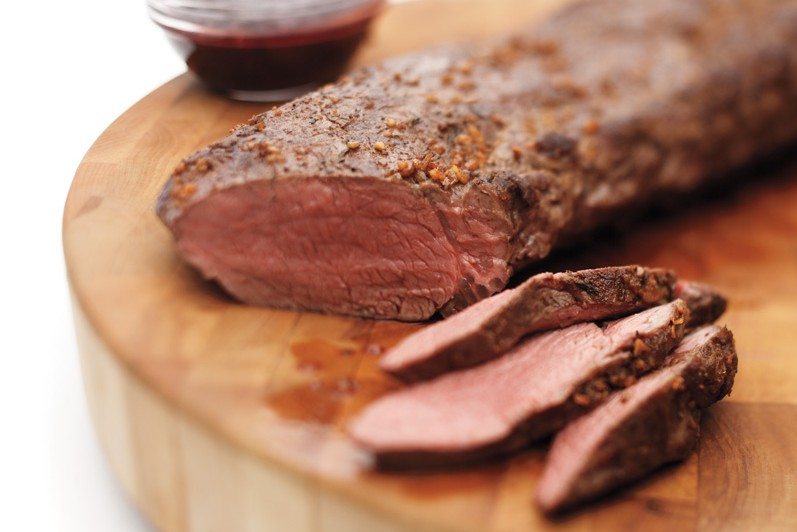Advertisement
Big-game hunters know the real work starts the moment they hit the switch and the animal goes down. Just ask anyone who’s ever hauled moose quarters out of the deepest, darkest depths of an alder swamp. But what a payoff—whether it’s moose, deer, elk or caribou, nothing beats a hard-earned slab of venison cooked to perfection. Just the way you like it.
Cooking tips
It’s important not to over-cook your venison if you want tender meat. Medium rare is ideal, and anything beyond that will make the meat, which is very lean, tough to chew. —Brad Fenson
Advertisement
Venison fat is bad news. It sticks to the roof of your mouth and tastes like bathtub caulking. It also turns rancid very quickly. The typical butcher will process your deer by making transverse cuts with a band saw, depositing powdered bone and fat residue all through the meat. Your venison will taste much better if you butcher it yourself, trim off the fat and bone out the meat. Do this is by making longitudinal rather than transverse cuts, separating each bundle of muscle and peeling off the layers of fat. The shoulder, in particular, requires this sort of careful handling—and it’s most often the meat that ends up destined for the sausage maker. The bundles of muscle on the front end of the deer are more stringy and narrow than the meat in the hindquarters, but if you invest some time you’ll get up to a dozen pounds of prime red meat that’s ideal for making sausage. —Jake MacDonald

